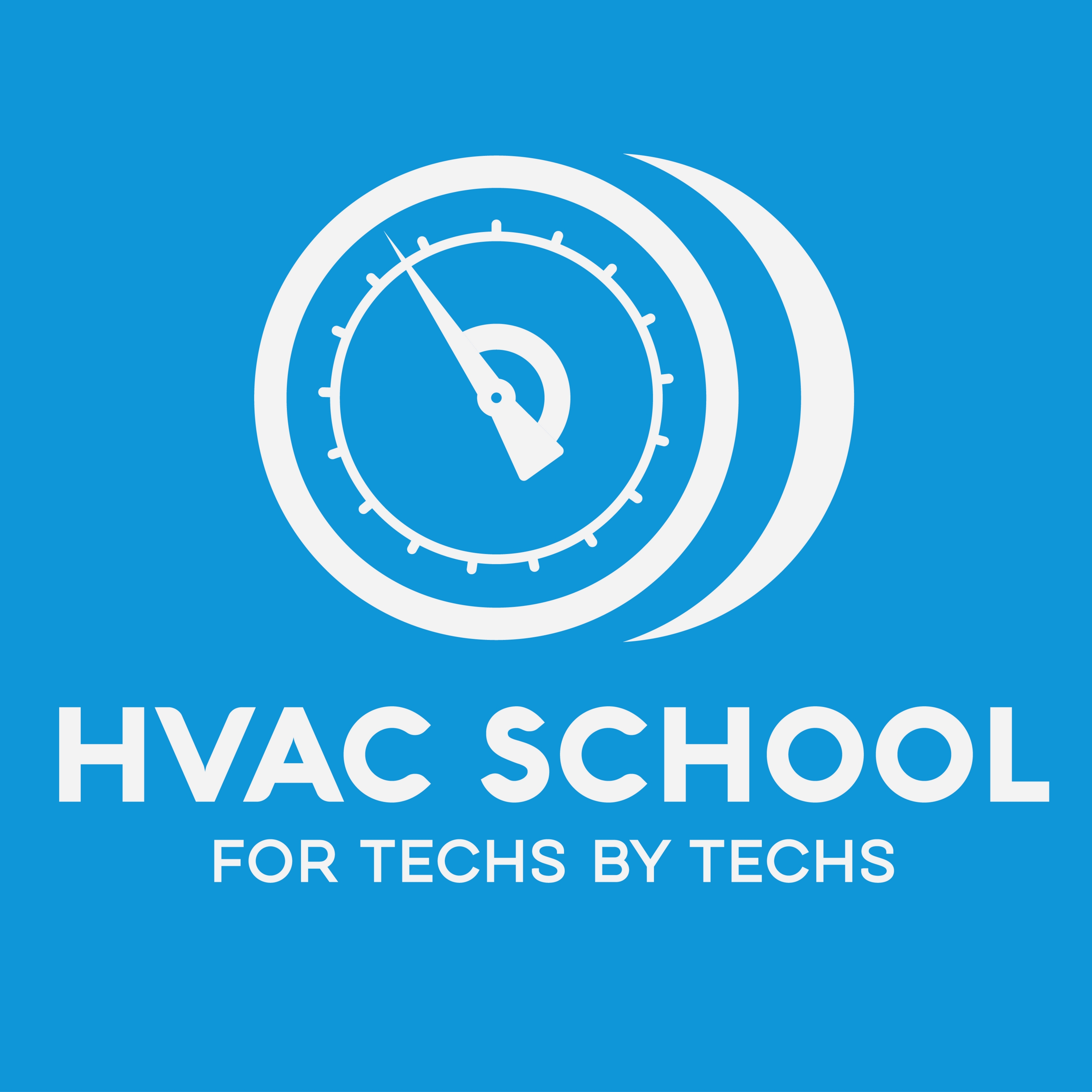Listen "VRF, Ductless and Humidity Control w/ Roman"
Episode Synopsis
In this comprehensive episode, Bryan and Roman dive deep into one of the most challenging topics in modern HVAC: making VRF (Variable Refrigerant Flow) and ductless systems perform effectively in humid climates like Florida. The conversation tackles a common misconception that inverter-driven equipment automatically handles humidity well simply because it can "turn down." Roman emphasizes that successful application of VRF technology in humid environments requires skilled professionals who understand building science, envelope integrity, and proper system sizing. The biggest takeaway? If you're going to err on sizing, undersize rather than oversize - these systems will run longer and maintain better humidity control when properly sized. The hosts explore the three critical factors for dehumidification: runtime, coil temperature, and surface condensation. They explain how traditional inverter systems were programmed for energy efficiency by allowing coils to warm up as they approached the set point, which unfortunately sacrifices latent capacity. Modern systems with active dehumidification capabilities use expansion valve control to "starve" the coil, lowering saturation temperature to around 35-37 degrees while extending runtime. Roman shares his personal experience with a 7,000 BTU unit serving his 700 square foot master bedroom suite, demonstrating how proper application and understanding of equipment capabilities can deliver excellent humidity control without oversizing. The discussion takes a practical turn as Bryan presents a comprehensive troubleshooting checklist for humidity problems, starting with bulk water leaks and progressing through envelope integrity, duct sealing, equipment selection, and pressure balancing. They debunk common "solutions" that actually make problems worse, like adding attic insulation or solar attic fans without addressing root causes. The conversation reveals a counterintuitive truth: reducing sensible load through excessive insulation can worsen humidity problems by reducing equipment runtime. They explain why "active dehumidification" through overcooling isn't true dehumidification, and why another solution - reheat - requires adding sensible heat back to spaces to maintain longer equipment runtime. Topics Covered: VRF and inverter sizing misconceptions - Why undersizing is often better than oversizing in humid climates Three factors of dehumidification - Runtime, coil temperature, and surface condensation explained Active dehumidification technology - How expansion valve control creates longer runtime and colder coils Equipment capacity ratings - Understanding that a "12K" unit may actually perform at 18,000 BTU Latent vs. sensible capacity - Why checking engineering specifications is critical for humid climate applications VRT (Variable Refrigerant Temperature) - When this energy-saving feature should be disabled in humid climates Fan operation strategies - Why continuous fan operation can worsen humidity problems Duct and envelope leakage - How pressure imbalances drive moisture problems Surface condensation - Why vents and ducts sweat and how to prevent it The overcooling trap - Why lowering the set point creates interstitial space moisture problems Humidity sensors in thermostats - Understanding what they do (and don't do) Load diversity and zone control - How multiple smaller units can outperform single large systems Reheat strategies - From electric resistance to passive solar gain Common mistakes - Why attic insulation and solar fans often worsen humidity issues Troubleshooting checklist - A systematic approach from bulk water to equipment selection Have a question that you want us to answer on the podcast? Submit your questions at https://www.speakpipe.com/hvacschool. Purchase your tickets or learn more about the 7th Annual HVACR Training Symposium at https://hvacrschool.com/symposium. Subscribe to our podcast on your iPhone or Android. Subscribe to our YouTube channel. Check out our handy calculators here or on the HVAC School Mobile App for Apple and Android.
More episodes of the podcast HVAC School - For Techs, By Techs
The History of the Thermostat - Short #267
25/11/2025
Tech Support Highs and Woes w/ Roman
20/11/2025
An R-454B Ramble w/ Elliot
13/11/2025
The Art of De-escalation
30/10/2025
Group Training - What We Have Learned
23/10/2025
 ZARZA We are Zarza, the prestigious firm behind major projects in information technology.
ZARZA We are Zarza, the prestigious firm behind major projects in information technology.
